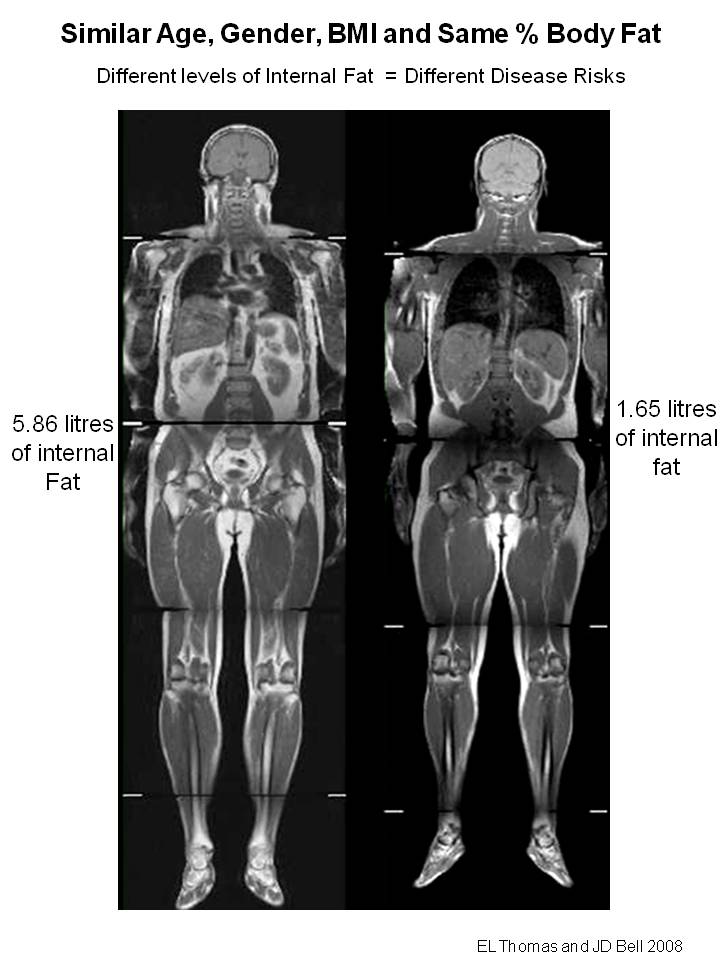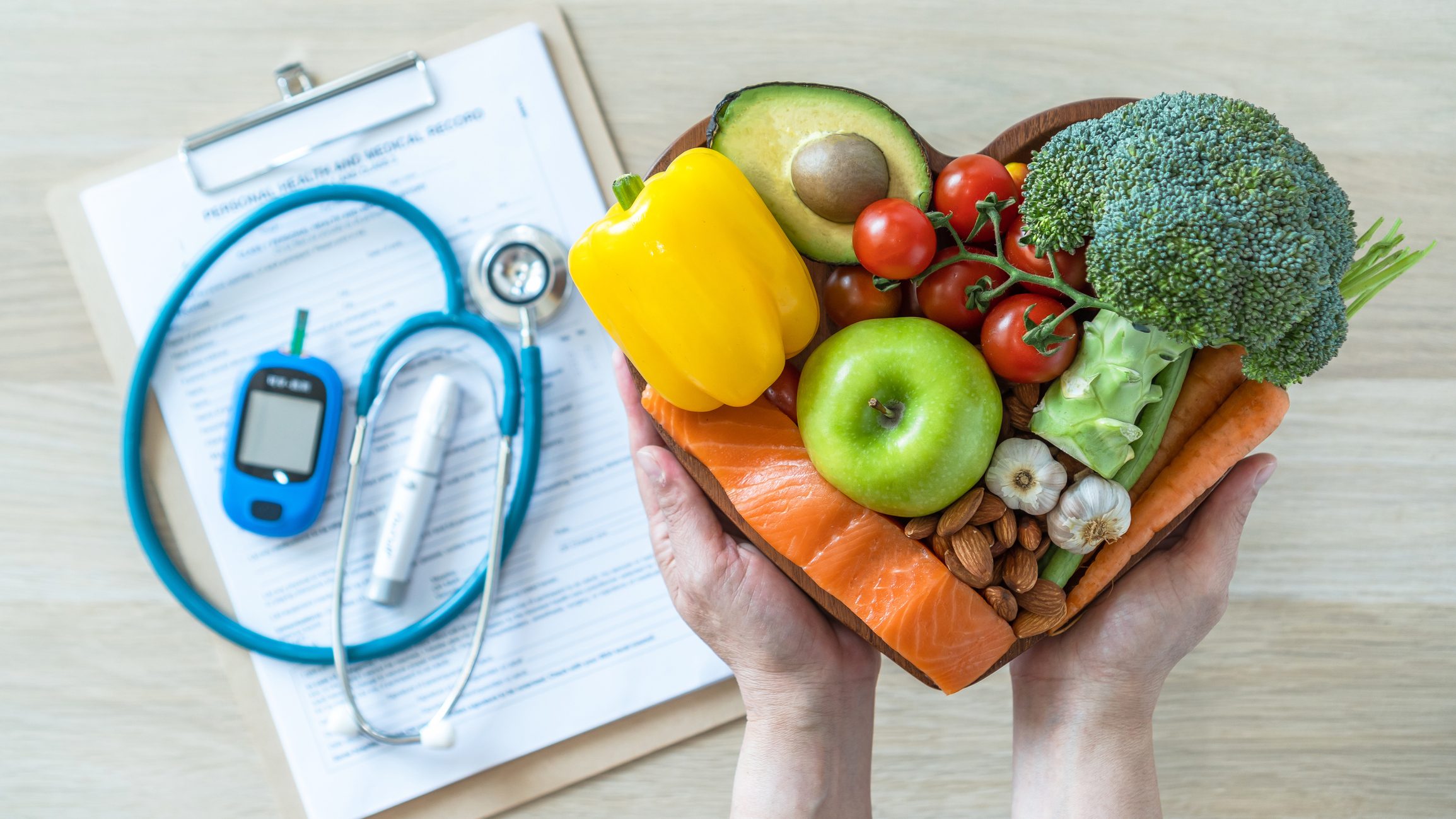Blogs
What Type Of Body Fat Are Your Storing?

There are many ways to store body fat. Some more dangerous than others and most, not as obvious as you may think.
Article
Popular wisdom has long been that obesity and being overweight is caused by eating too much and not exercising enough.
In fact, there’s a lot of confusion out there about weight.
So, what really is weight?
There are different types of fat.
We all tend to be focused on the tip of the iceberg – the weight we can see. That may be the roll of fat on your thighs and the visible roll on your belly. This is sub-cutaneous fat which sits under the skin and we spend a lot of energy and focus on this, our largest reserve of fat storage, but it’s not actually the most unhealthy form of fat.
That dubious honour is given to visceral fat. This is the thickened waistline. It’s the metabolically active fat that sits under the abdominal muscle wall, surrounding organs and affecting the way they function. This type of fat is predominantly related with high levels of stress, leading to high levels of cortisol.
There’s also liver fat which is mainly due to sugar and alcohol intake and is very hard to detect. The person carrying this type of weight could even be underweight because it probably only weighs about 200g. But we do know it causes major inflammation, insulin resistance and metabolic dysfunction which will hugely affect the likelihood of disease.
Renowned endocrinologist Professor Robert Lustig recently referred to data looking at mental health patients hospitalised because they were in danger of self-harming, noting they often lose weight. They lose subcutaneous fat but gain visceral fat. So, even though they’re probably eating less in hospital than they did at home, they’re gaining this insidious visceral fat.
This tells us it’s not related to eating less and moving more. It’s completely independent of those conditions but is instead largely caused by stress, depression, and anxiety.
It’s a particularly toxic, dangerous way of storing body fat and, knowing that even if you’re eating well and exercising consistently but still storing or gaining visceral fat, it would be worth looking at your stress levels. It’s feeding the spike in cortisol levels, increasing inflammation and stressing the endocrine system.
Most of us are walking around in a state of chronic inflammation that perpetuates insulin resistance and gut biome imbalance.
Remember women should have a waist circumference below 80cm, and men should be below 94cm. It’s quite possible that, because visceral fat sits beneath the abdominal wall, it’s not as noticeable but much more threatening and worrying.


